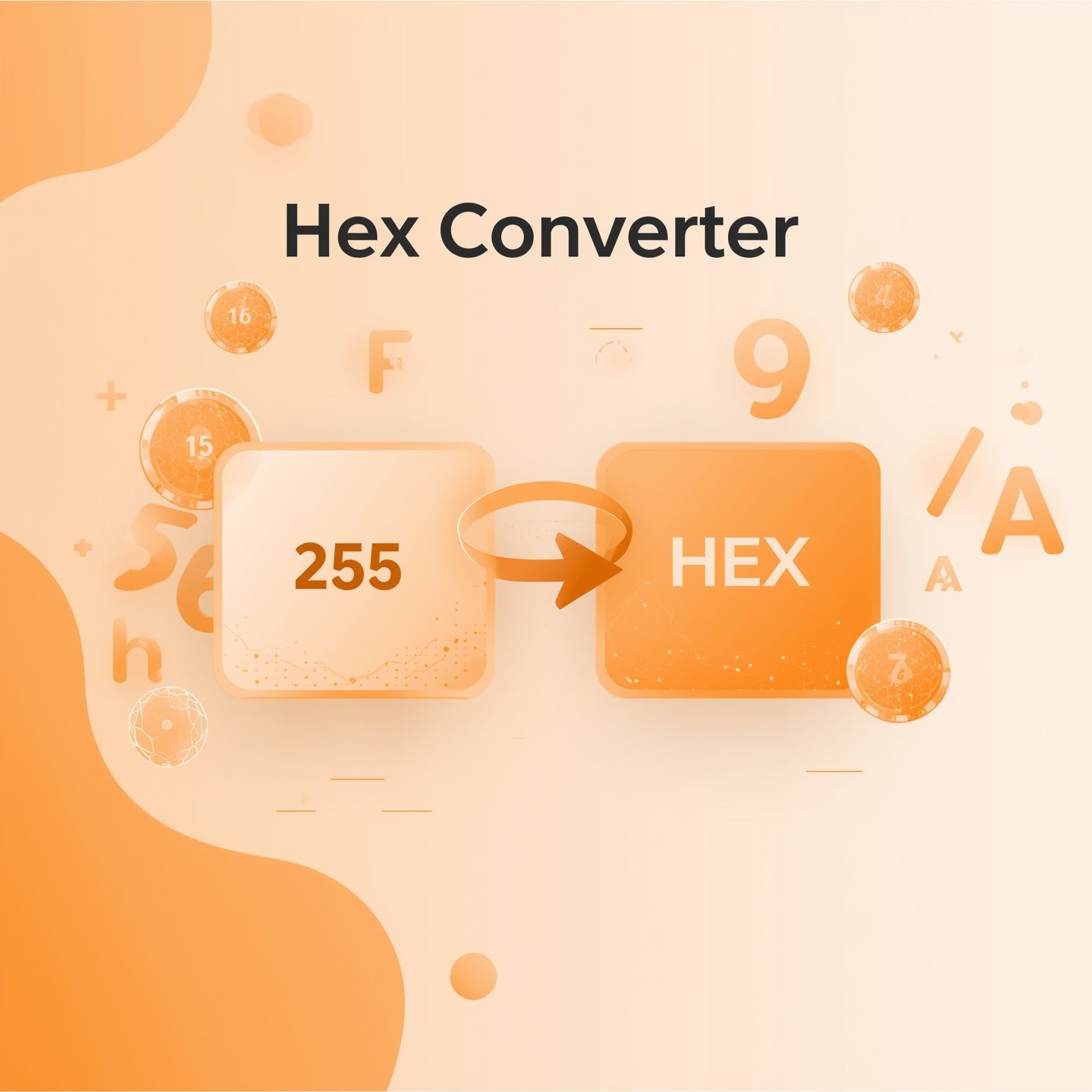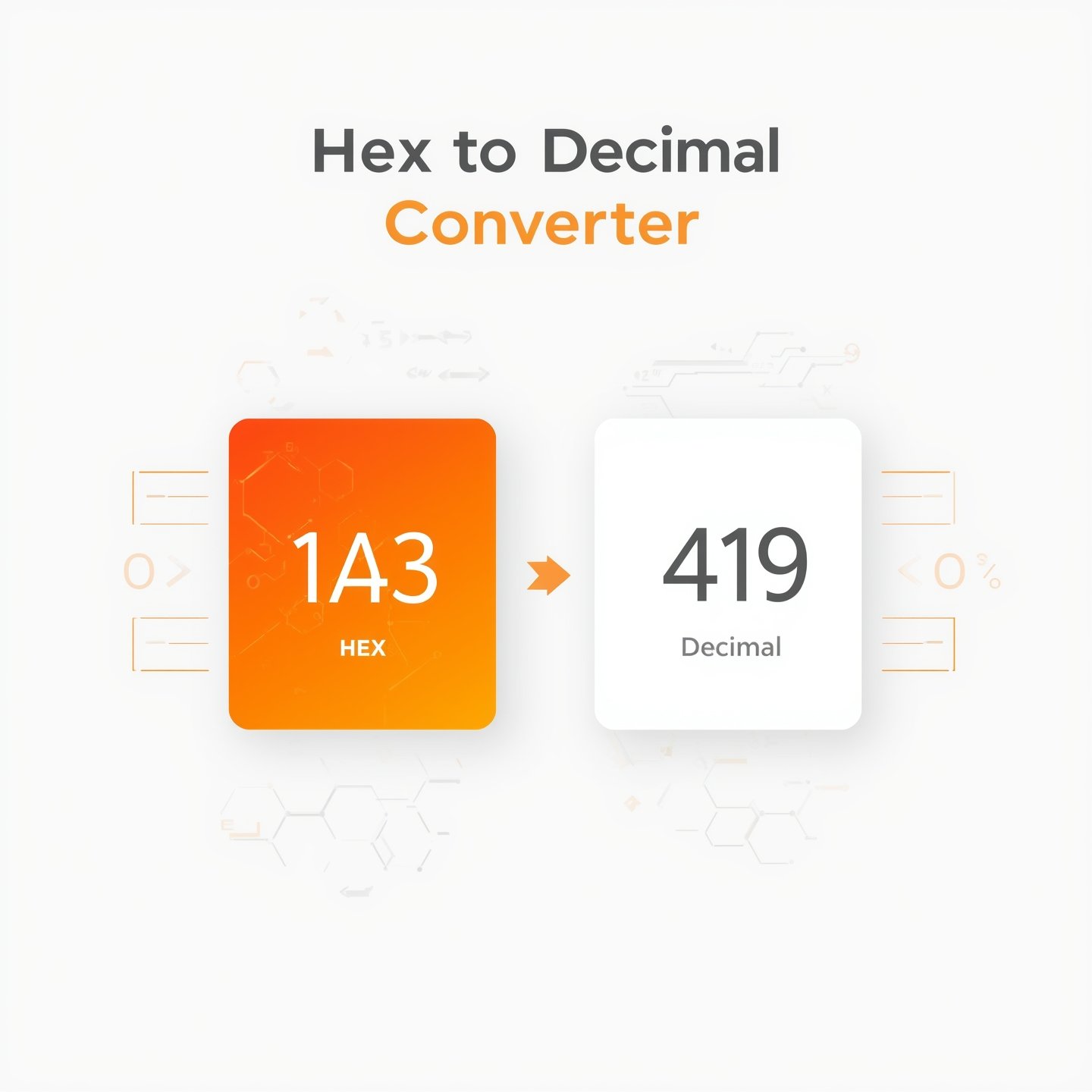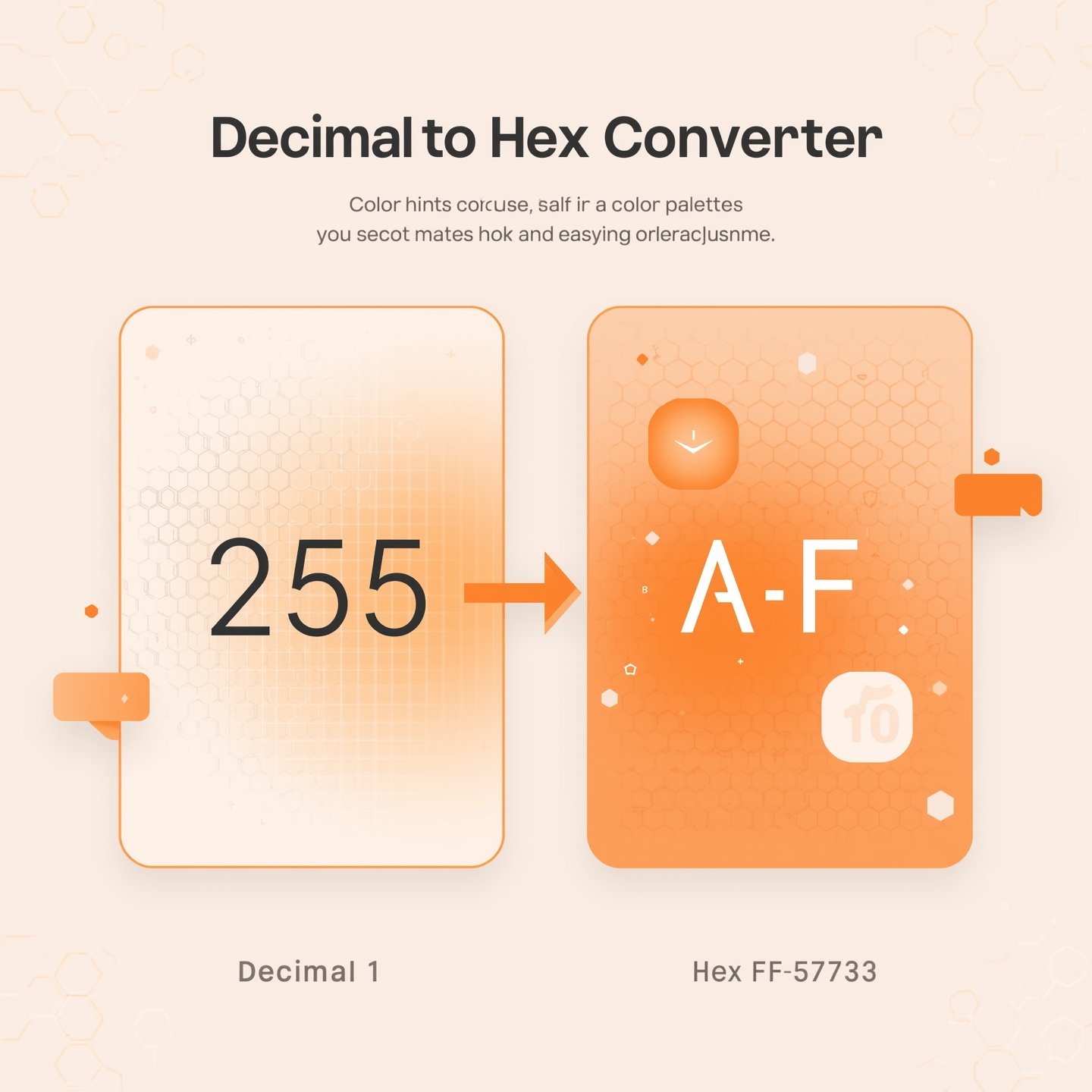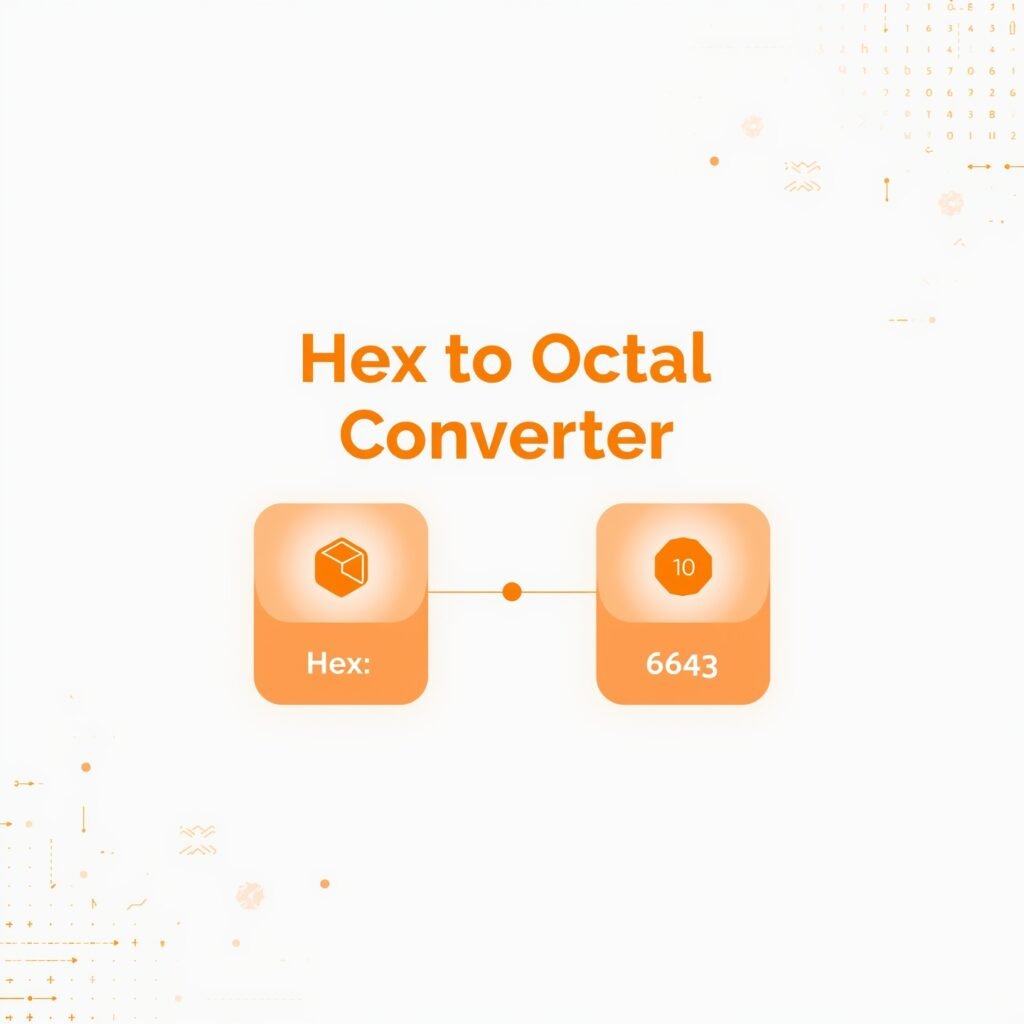Checker Tools
Text Tools
- Text separator
- Email extractor
- URL extractor
- Text size calculator
- Duplicate lines remover
- Text to speech
- IDN Punnycode converter
- Case converter
- Character counter
- List randomizer
- Reverse words
- Reverse letters
- Emojis remover
- Reverse list
- List alphabetizer
- Upside down text generator
- Old English text generator
- Cursive text generator
Developer Tools
Generator Tools
- PayPal link generator
- Signature generator
- Mailto link generator
- UTM link generator
- WhatsApp link generator
- YouTube Timestamp link generator
- Slug generator
- Lorem Ipsum generator
- Password generator
Image manipulation tools
- PNG to JPG
- PNG to WEBP
- PNG to BMP
- PNG to GIF
- JPG to PNG
- JPG to GIF
- JPG to BMP
- WEBP to JPG
- WEBP to GIF
- JPG to ICO
- WEBP to PNG
- WEBP to BMP
- JPG to WEBP
- WEBP to ICO
- BMP to JPG
- BMP to ICO
- ICO to JPG
- ICO to GIF
- ICO to PNG
- ICO to WEBP
- ICO to WEBP
- ICO to BMP
- GIF to JPG
- GIF to ICO
- GIF to PNG
- GIF to WEBP
- GIF to BMP
- HEIC to PNG
- HEIC to GIF
- HEIC to JPG
Hex Converter – Quickly Convert Between Hex, Decimal & Binary
Hex Converter

A hex converter provides users with a robust solution to change hexadecimal data (base 16) for display in decimal, binary and octal values and text format. The application of hexadecimal numbers is extensive in digital electronics and computing because they present binary-coded values in a brief format. The hex converter helps computer programmers and engineering professionals and mathematicians perform more efficient data interpretation and calculation. The ease of handling hexadecimal values is possible through the use of an onlinehexeditor that developers frequently access.
Hex to Decimal Converter

By means of hex to decimal conversion users gain access to decimal (base 10) translations from hexadecimal data. Programmers must use this conversion method because memory addresses together with color codes in HTML/CSS usually depend on hexadecimal notations. In hexadecimal terms 1A3 represents the decimal numeral 419. The conversion process bases its operation on positional notation which assigns power values of 16 to each hex digit. The available online tools enable users to transform their text into hexa format without difficulty.
Hex to Text
Digital hexadecimal values become practical ASCII text during the conversion process. The process remains vital because it enables users to read encoded data messages and process stored information alongside cryptographic algorithms. For example, the hex value 48656C6C6F converts to Hello. Programmers access seamless text conversion through Python language and various online tools that utilize Python functions. The online hex viewer enables users to view hex data structures without requiring them to decode the information manually.
Text to Hex
Hexadecimal representation serves as an output conversion when text enters as an input. Programmers and data storage professionals along with security specialists utilize this process for their work. The word “World” transforms into the hex value 576F726C64 when translated to hexadecimal format. The conversion process supports secure message encoding operations. The hex code encoder provides an automatic solution for text conversion into hexadecimal format.
Hex to Binary Converter
Digital computing systems together with microcontrollers heavily rely on hex to binary conversion procedures. Conversion follows a direct path because hexadecimal provides binary abbreviations which match each hex digit to four binary digits. For instance, the hex number A5 converts to 10100101 in binary. Low-level programming along with circuit design achieves its objectives through this operation.

Decimal to Hex Converter
The decimal to hex converter takes numerical values from the decimal format then transforms them into hex format output. Programmers find hex conversion vital because memory allocation requirements and color schemes usually require hexadecimal format. The decimal number 255 appears in hexadecimal format as FF. Converting a decimal number to hexadecimal format requires dividing the decimal by 16 before keeping the generated remainders.

Hex to Octal Converter
The process of converting hex to octal proves valuable when programming at a low system level. System programming requires octal (base 8) representation of binary numbers thus making this conversion process necessary. The octal value of hexadecimal 7F equals 177. Hex to binary conversion precedes the process where binary digits are arranged into groups of three.
Hex to Float Converter
The purpose of a hex to float converter is to convert hexadecimal floating-point numbers into their decimal value representation. The conversion techniques for scientific computations and graphics programming use floating-point numbers. The IEEE 754 standard represents the conversion methods which most programmers use. Using hex format 40490FDB produces a floating-point value equivalent to 3.14159 (pi).
Float to Hex Converter
This device converts numbers from floating-point format into their equivalent hexadecimal values. Data serialization and machine learning together with embedded systems heavily depend on this conversion technique. Within the IEEE 754 floating-point format 3.14 writes as hexadecimal 4048F5C3. The conversion procedure delivers exactness needed for scientific computations and digital data storage applications.
Final Thoughts
Computing depends on hex conversions for both encoding and decoding operations as well as numerical value transformation processes. Knowledge of hex conversions enables you to perform better digital information manipulation and interpretation when working with text encoding and binary data as well as floating-point calculations. The use of online hex viewers together with hex code encoders provides convenient solutions for converting between different formats during practical uses.
What is a hexadecimal number system?
Hexadecimal is a base-16 number system that uses digits 0-9 and letters A-F to represent values. It is widely used in computing for memory addresses, color codes, and binary shorthand.
Why is hex used in computing?
Hexadecimal representation simplifies binary numbers, making it easier to read and work with large binary values. It is commonly used in programming, digital electronics, and network addressing.
How do I convert hex to text manually?
To convert hex to text, split the hex string into pairs, convert each pair to its decimal ASCII equivalent, and then map it to a character. For example, 48656C6C6F -> Hello.
Can I convert any text to hex?
Yes, any text can be converted to hex using ASCII encoding, which assigns a unique hexadecimal value to each character. Many online tools allow users to convert text to hexa effortlessly.
What is IEEE 754 in hex conversions?
IEEE 754 is a standard for representing floating-point numbers in binary and hexadecimal formats, ensuring precision and compatibility across computing systems.

